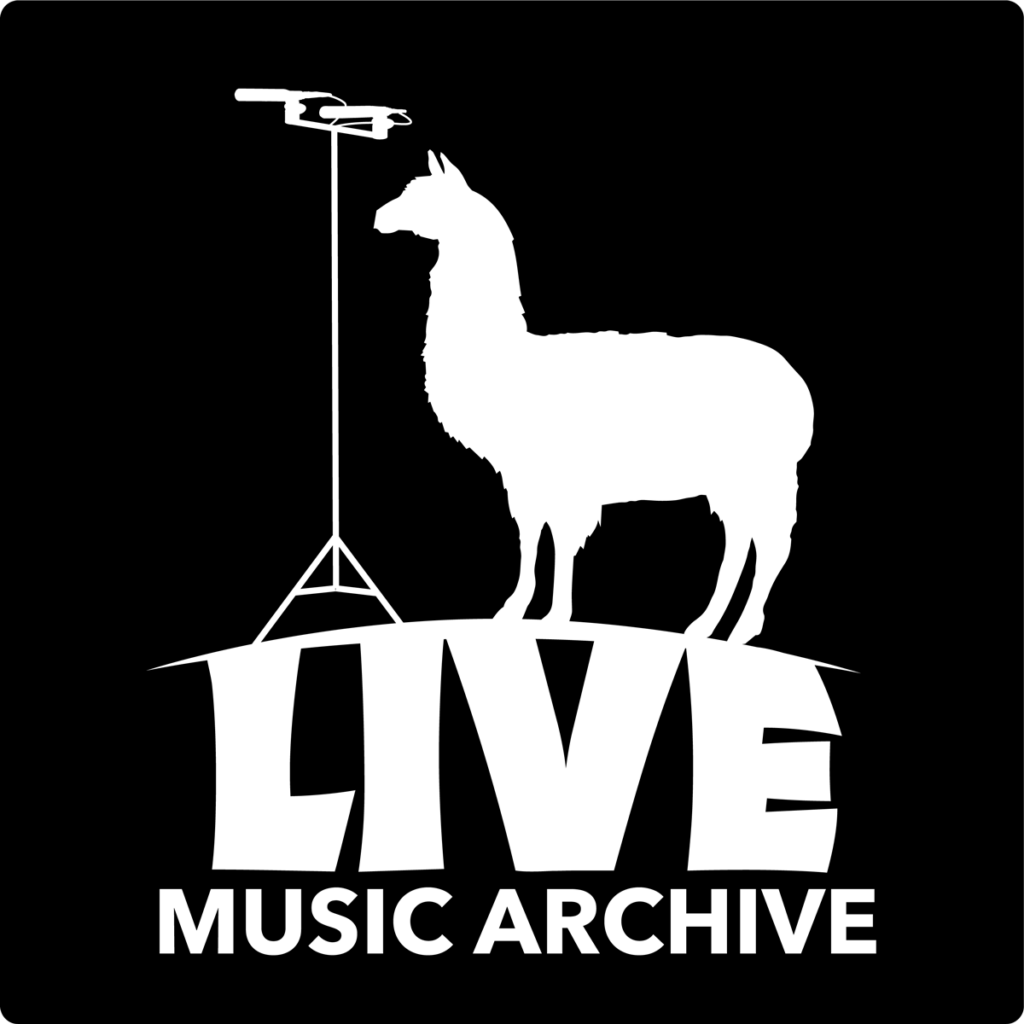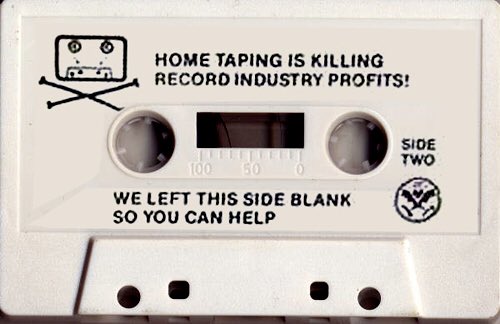Yesterday Robbie Robertson, the Canadian songwriter and guitarist for The Band, passed away at age 80 after a long illness. As a tribute, we’re bringing back a video that pays homage to “The Weight,” a song Robertson wrote for The Band’s influential 1968 album, “Music from Big Pink.” The video features cameos of Robertson himself, and also Ringo Starr and other special guests. Enjoy…
Robbie Robertson’s “The Weight,” the Band’s most beloved song, has the quality of Dylan’s impressionistic narratives. Elliptical vignettes that seem to make very little sense at first listen, with a chorus that cuts right to the heart of the human predicament. “Robertson admits in his autobiography,” notes Patrick Doyle at Rolling Stone, “that he struggled to articulate to producer John Simon what the song was even about.” An artist needn’t understand a creation for it to resonate with listeners.
A read of “The Weight”’s lyrics make its poignant themes evident—each stanza introduces characters who illustrate some sorrow or small kindness. The chorus offers what so many people seem to crave these days: a promise of rest from ceaseless toil, freedom from constant transactions, a community that shoulders everyone’s burdens…. “It’s almost like it’s good medicine,” Robertson told Doyle, “and it’s so suitable right now.” He refers specifically to the song’s revival in a dominant musical form of our isolation days—the online sing-along.
Though its lyrics aren’t nearly as easy to remember as, say, “Lean on Me,” Robertson’s classic, especially the big harmonies of its chorus (which everyone knows by heart), is ideal for big ensembles like the globe-spanning collection assembled by Playing for Change, “a group dedicated to ‘opening up how people see the world through the lens of music and art.” The group’s producers, Doyle writes, “recently spent two years filming artists around the world, from Japan to Bahrain to Los Angeles, performing the song,” with Ringo Starr on drums and Robertson on rhythm guitar. They began on the 50th anniversary of the song’s release.
The performances they captured are flawless, and mixed together seamlessly. If you want to know how this was achieved, watch the short behind-the-scenes video above with producer Sebastian Robertson, who happens to be Robbie’s son. He starts by praising the stellar contributions of Larkin Poe, two sisters whose rootsy country rock updates the Allman Brothers for the 21st century. But there are no slouches in the bunch (don’t be intimated out of your own group sing-alongs by the talent on display here). The song resonates in a way that connects, as “The Weight”’s chorus connects its non-sequitur stanzas, many disparate stories and voices.
Robertson was thrilled with the final product. “There’s a guy on a sitar!” he enthuses. “There’s a guy playing an oud, one of my favorite instruments.” The song suggests there’s “something spiritual, magical, unsuspecting” that can come from times of darkness, and that we’d all feel a whole lot better if we learned to take care of each other. The Playing for Change version “screams of unity,” he says, “and I hope it spreads.”
Related Content:
Jeff Bridges Narrates a Brief History of Bob Dylan’s and The Band’s Basement Tapes
Stream Marc Maron’s Excellent, Long Interview with The Band’s Robbie Robertson
Watch The Band Play “The Weight,” “Up On Cripple Creek” and More in Rare 1970 Concert Footage
Martin Scorsese Captures Levon Helm and The Band Performing “The Weight” in The Last Waltz
Josh Jones is a writer and musician based in Durham, NC. Follow him at @jdmagness



